Tuesday☕️
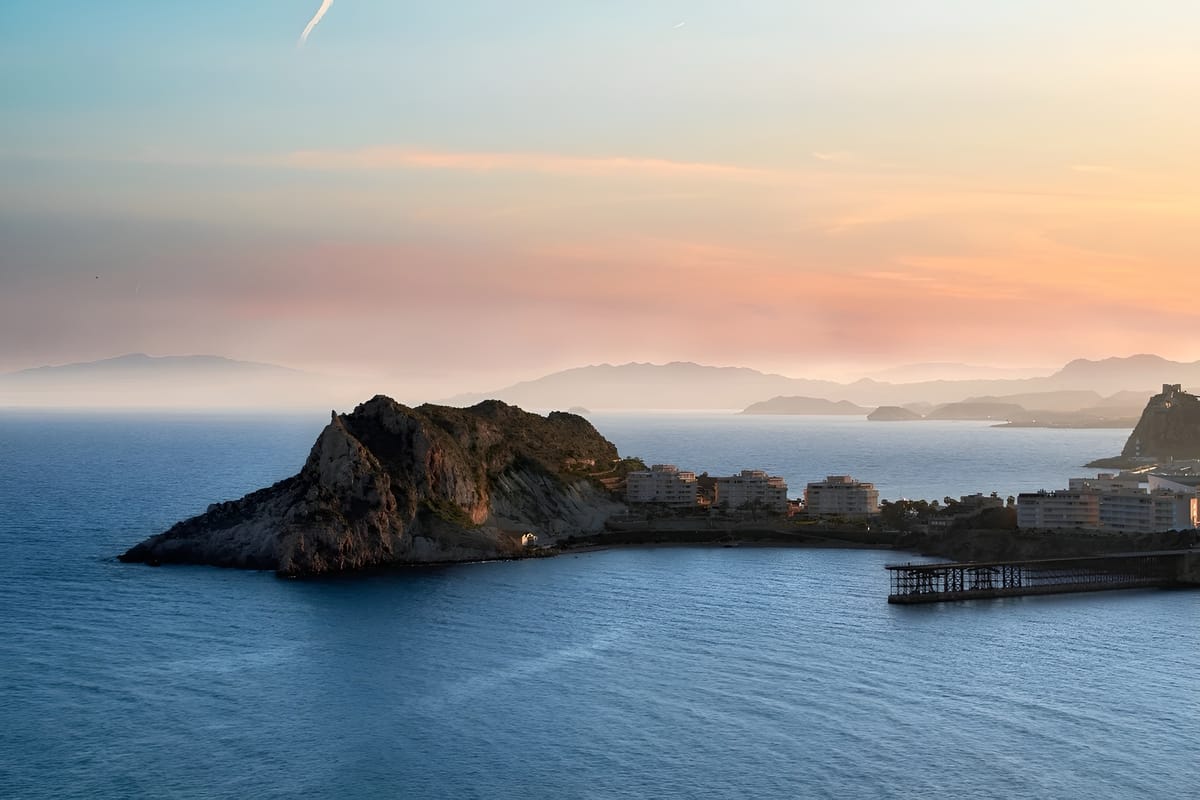
Trending:
- Yesterday, April 21, 2025, Pope Francis, the 266th pope of the Catholic Church, died at age 88 in his Vatican residence, Casa Santa Marta, due to a stroke and irreversible cardiocirculatory collapse, as announced by Cardinal Kevin Farrell. His death followed a period of declining health, including a five-week hospitalization for double pneumonia earlier in the year and a brief public appearance on Easter Sunday. His 12-year papacy focused on various initiatives and changes within the Church, concluding with his passing.
- The Vatican has commenced traditional procedures, with Pope Francis’ body, dressed in a white cassock, to be displayed for public viewing in St. Peter’s Basilica starting April 23. His funeral, scheduled for April 26, will follow his preference for simplified rites, with burial in a single wooden coffin at Santa Maria Maggiore Basilica. The College of Cardinals will oversee a nine-day mourning period, after which a conclave will convene within 15-20 days to elect a new pope, following established protocols for papal succession.
Economics & Markets:
- Today’s U.S. stock market:
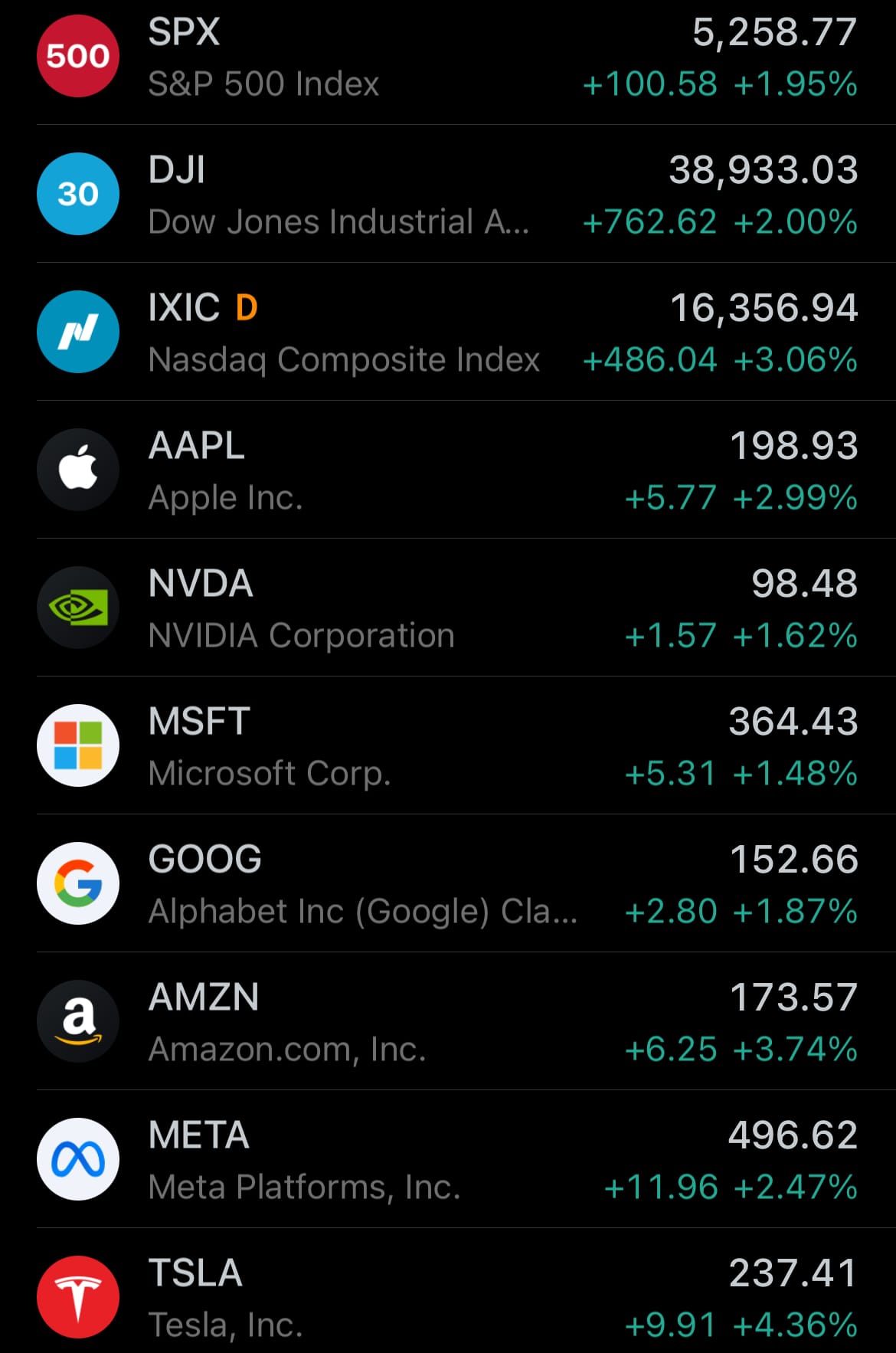
- Today’s commodity market:
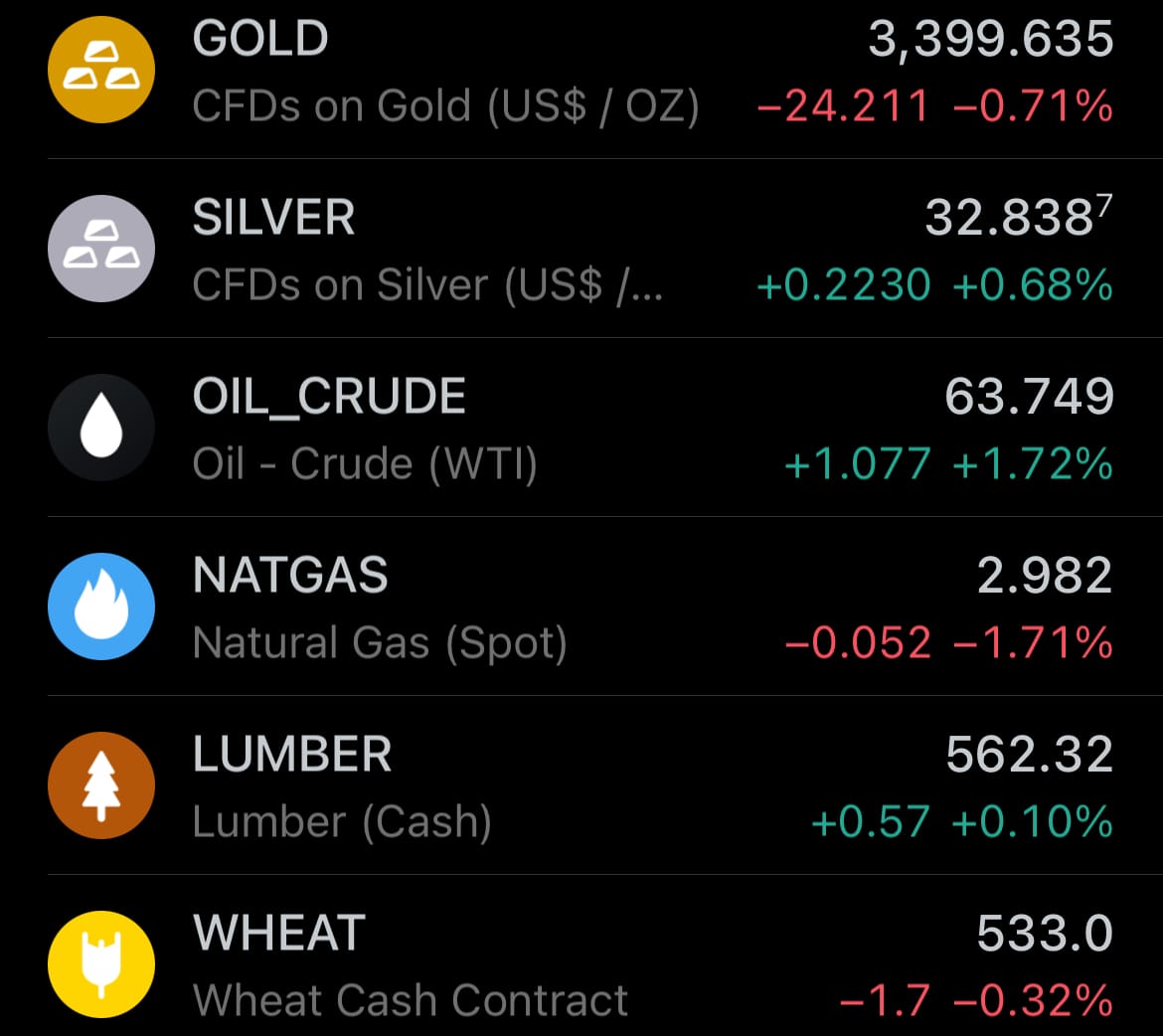
- Today’s crypto market:
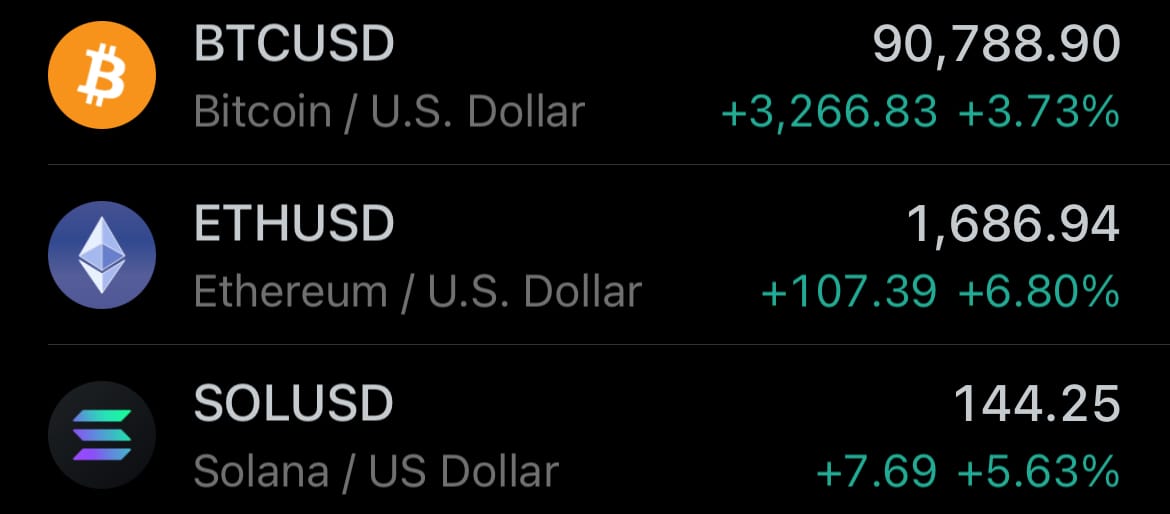
Geopolitics & Military Activity:
- Today, April 22, 2025, Russian forces launched airstrikes on Zaporizhzhia, Ukraine, striking a multi-story residential building, killing 1 and injuring 22 others, including four children, as stated by Ivan Fedorov, head of the Zaporizhzhia Regional Military Administration. The attack caused significant damage to civilian infrastructure, with emergency services working to rescue survivors from the rubble. Ukrainian officials criticized the strike, while Russia has not provided an official response, and the incident coincided with ongoing discussions about a potential ceasefire.
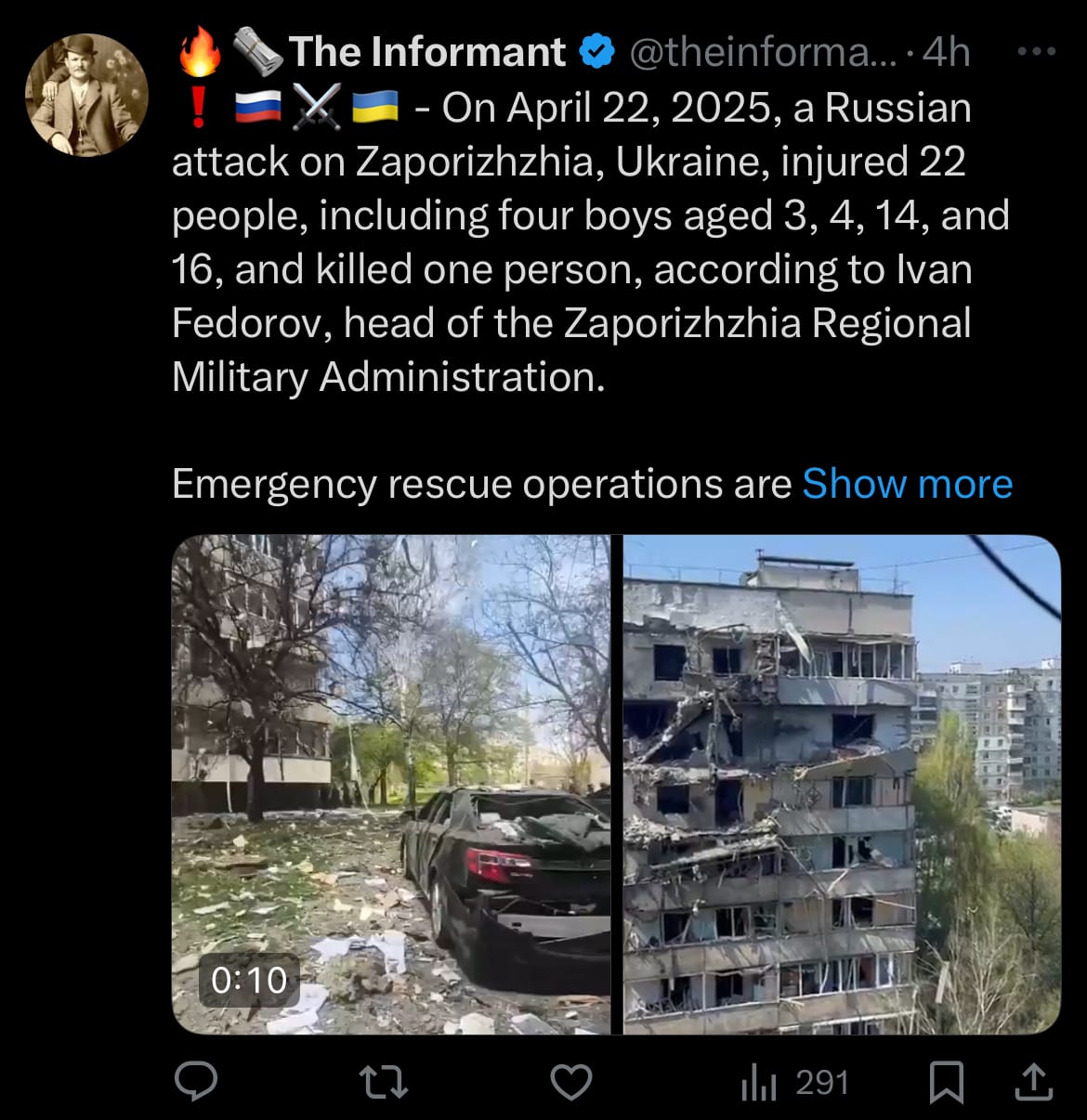
- On the same day, a series of explosions and a fire occurred near a military unit in Russia’s Kirzhachsky District, Vladimir Region, near the village of Barsovo, where the 51st GRAU Arsenal, a major ammunition depot storing over 100,000 tons of munitions, is located. Governor Alexander Avdeev confirmed the incident, and a state of emergency was declared, with evacuations ordered for nearby settlements like Barsovo and Mirny. The Russian Defense Ministry attributed the blasts to a fire caused by safety violations, while some Ukrainian sources suggested a possible Ukrainian strike, though no official confirmation has been provided by either side. The incident reflects the escalating pattern of attacks on military infrastructure amid the broader conflict.
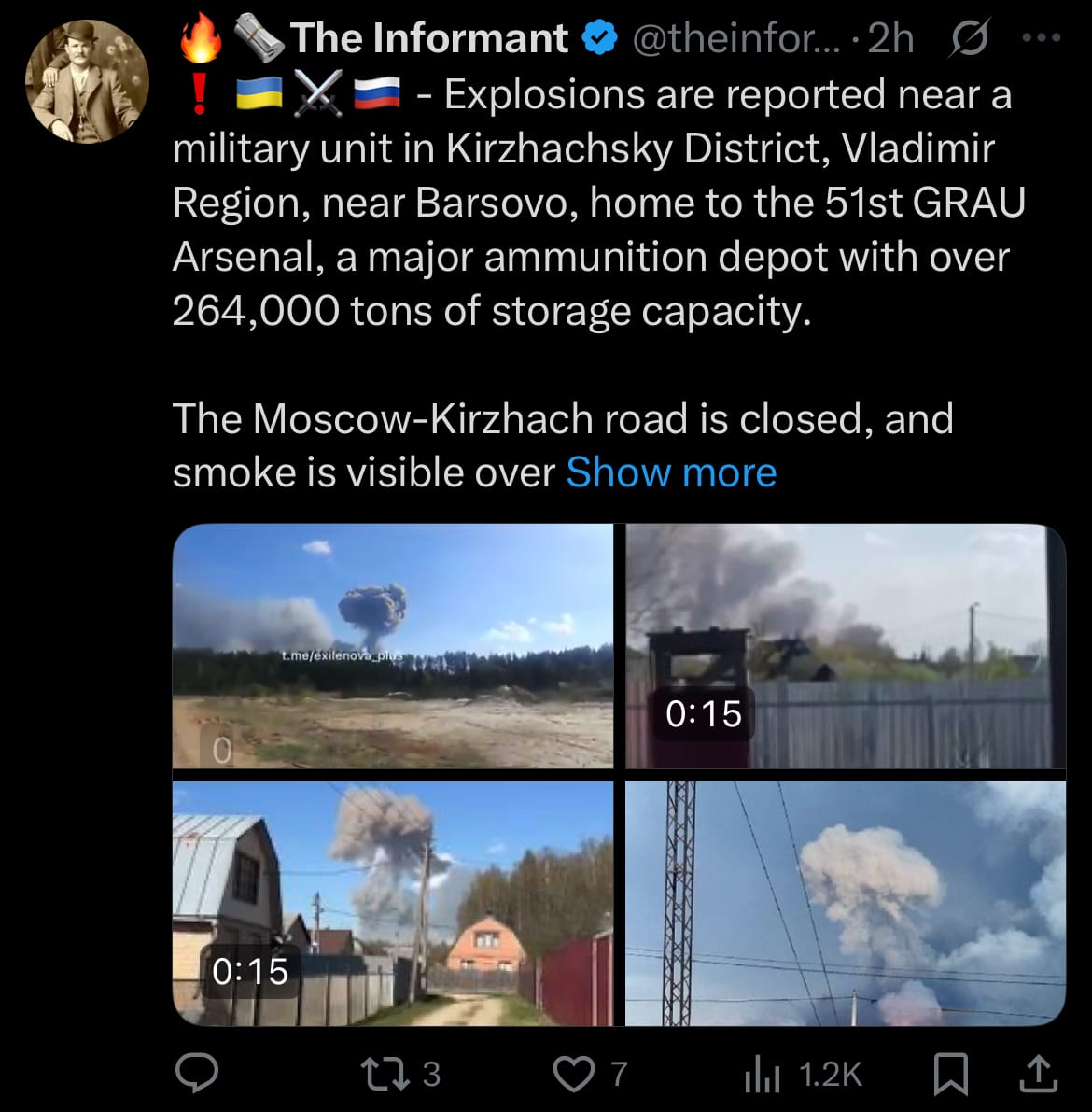
Environment & Weather:

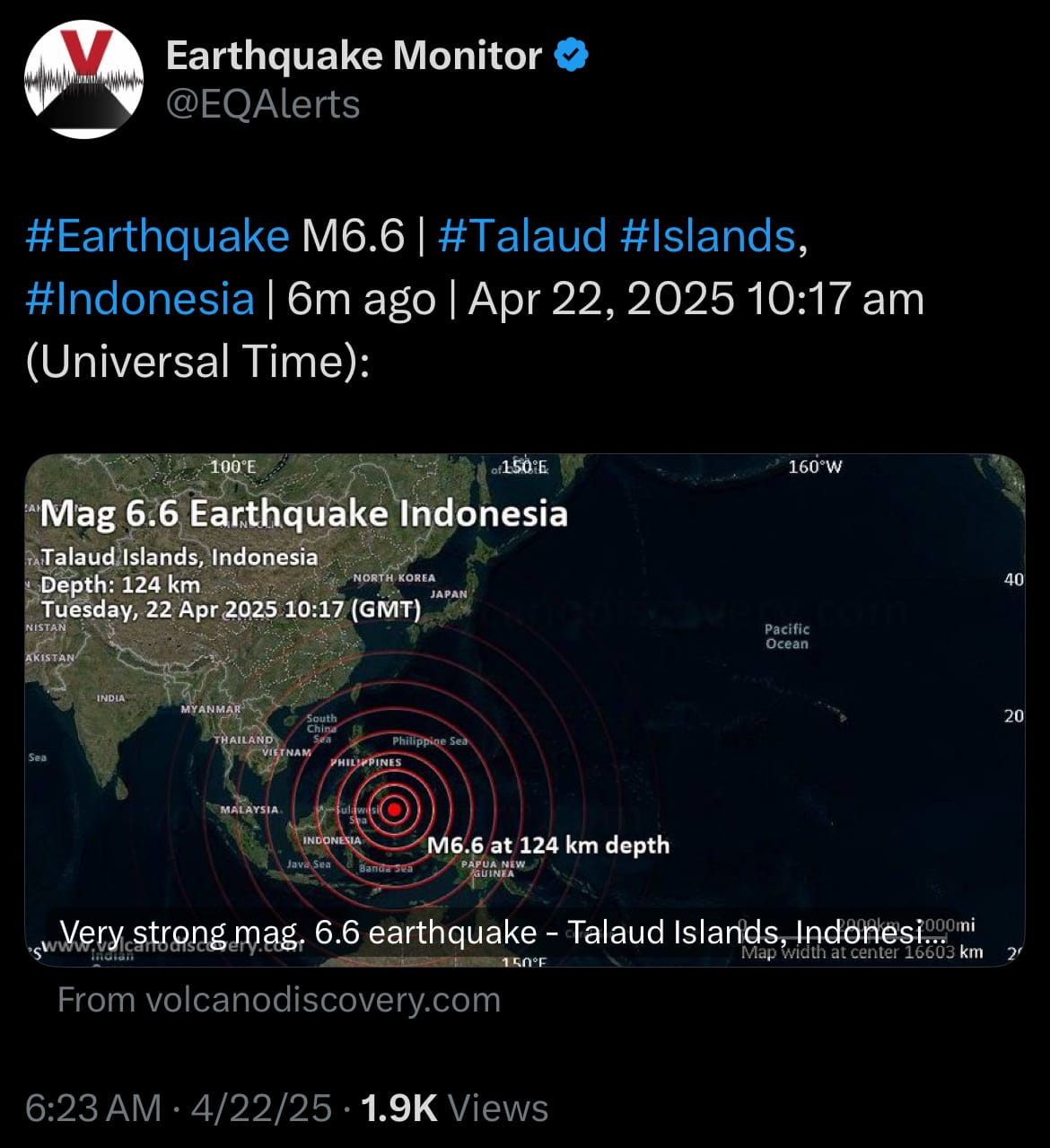
Space:
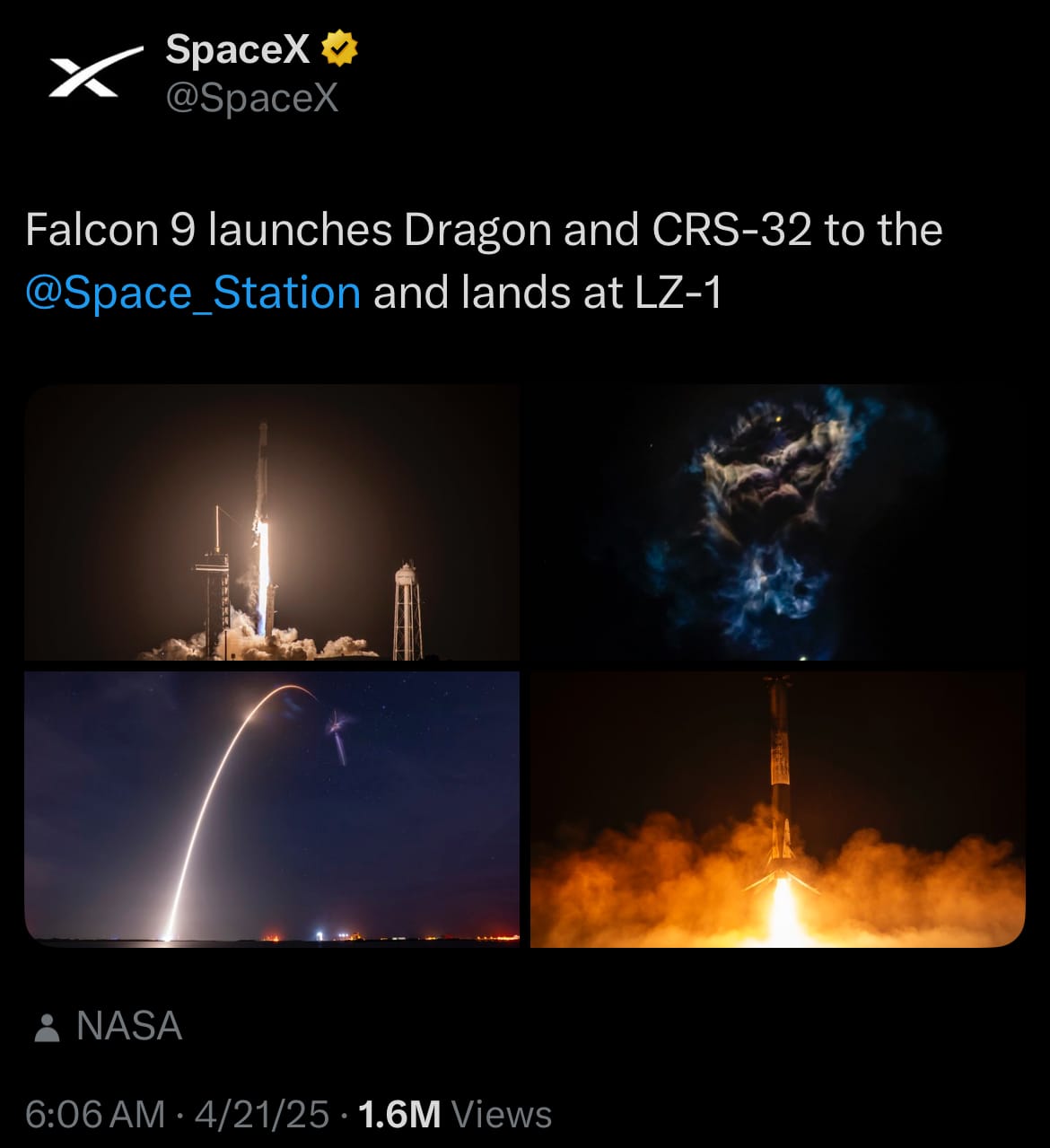
- Yesterday, April 21, 2025, at 4:15 a.m. EDT, SpaceX launched the CRS-32 mission from Launch Complex 39A at NASA’s Kennedy Space Center in Florida. A Falcon 9 rocket, using the reusable first-stage booster B1092 on its third flight, carried the Cargo Dragon spacecraft C209, which was on its fifth mission. The spacecraft delivered 6,700 pounds of cargo to the International Space Station (ISS), including 4,780 pounds of pressurized supplies and 1,653 pounds of unpressurized payloads. This cargo consisted of food, equipment, and over 30 scientific experiments, such as a holographic microscope and air quality monitors. The mission included additional food supplies due to the cancellation of another resupply mission. The Dragon docked with the ISS at 8:20 a.m. on April 22 and is scheduled to return in May. The Falcon 9 booster landed at Landing Zone 1.

- At 8:48 p.m. EDT on the same day, SpaceX conducted the Bandwagon-3 rideshare mission from Space Launch Complex 40 at Cape Canaveral Space Force Station. The Falcon 9, with first-stage booster B1090 on its third flight, deployed multiple satellites into a mid-inclination low Earth orbit. Payloads included South Korea’s 425 Project satellite, Tomorrow Companies Inc.’s Tomorrow-S7, and Atmos Space Cargo’s Phoenix 1 capsule, which will test an inflatable heat shield during re-entry. The Bandwagon program focuses on mid-inclination orbit missions. The booster landed at Landing Zone 2, and the launch proceeded under favorable weather conditions.
Statistic:
- Largest public aircraft manufacturers by market capitalization:
- 🇺🇸 Boeing: $123.59B
- 🇳🇱 Airbus: $120.30B
- 🇺🇸 Lockheed Martin: $109.36B
- 🇮🇳 Hindustan Aeronautics: $33.67B
- 🇫🇷 Dassault Aviation: $26.92B
- 🇺🇸 Textron: $12.05B
- 🇧🇷 Embraer: $7.95B
- 🇨🇦 Bombardier: $6.00B
- 🇰🇷 Korea Aerospace Industries: $5.70B
- 🇺🇸 Joby Aviation: $4.73B
History:
- The history of aircraft manufacturing began in the early 20th century, driven by pioneers like the Wright brothers, who achieved the first powered flight in 1903. Early manufacturers, such as Curtiss Aeroplane and Motor Company in the U.S. and Blériot Aéronautique in France, focused on rudimentary designs for experimental and military use. World War I accelerated advancements, with companies like Sopwith and Fokker producing fighter planes. By the 1920s and 1930s, firms like Boeing and Douglas in the U.S., and de Havilland in the UK, emerged, developing commercial aircraft alongside military ones. The interwar period saw the rise of iconic planes like the Douglas DC-3, which revolutionized air travel. Consolidation and specialization marked this era, as manufacturers scaled up to meet growing demand for both civilian and military aviation.
- Post-World War II, the jet age transformed the industry, with Boeing, Lockheed, and McDonnell Douglas dominating in the U.S., while European firms like Sud Aviation (later part of Airbus) and Hawker Siddeley gained prominence. The Cold War fueled massive military contracts, leading to innovations like the Boeing 707 and the Lockheed SR-71. By the 1970s, Airbus, formed as a European consortium, challenged American dominance, introducing the A300 and sparking a duopoly with Boeing that persists today. Smaller players like Embraer and Bombardier carved niches in regional jets, while mergers and economic pressures reduced the number of major manufacturers. Today, Boeing and Airbus lead commercial aviation, with companies like Lockheed Martin and Northrop Grumman focusing on defense, reflecting an industry shaped by technological leaps, geopolitical demands, and market consolidation.
Image of the day:

Thanks for reading!
Earth is complicated, we make it simple.
Click image to view the Earth Intelligence System:
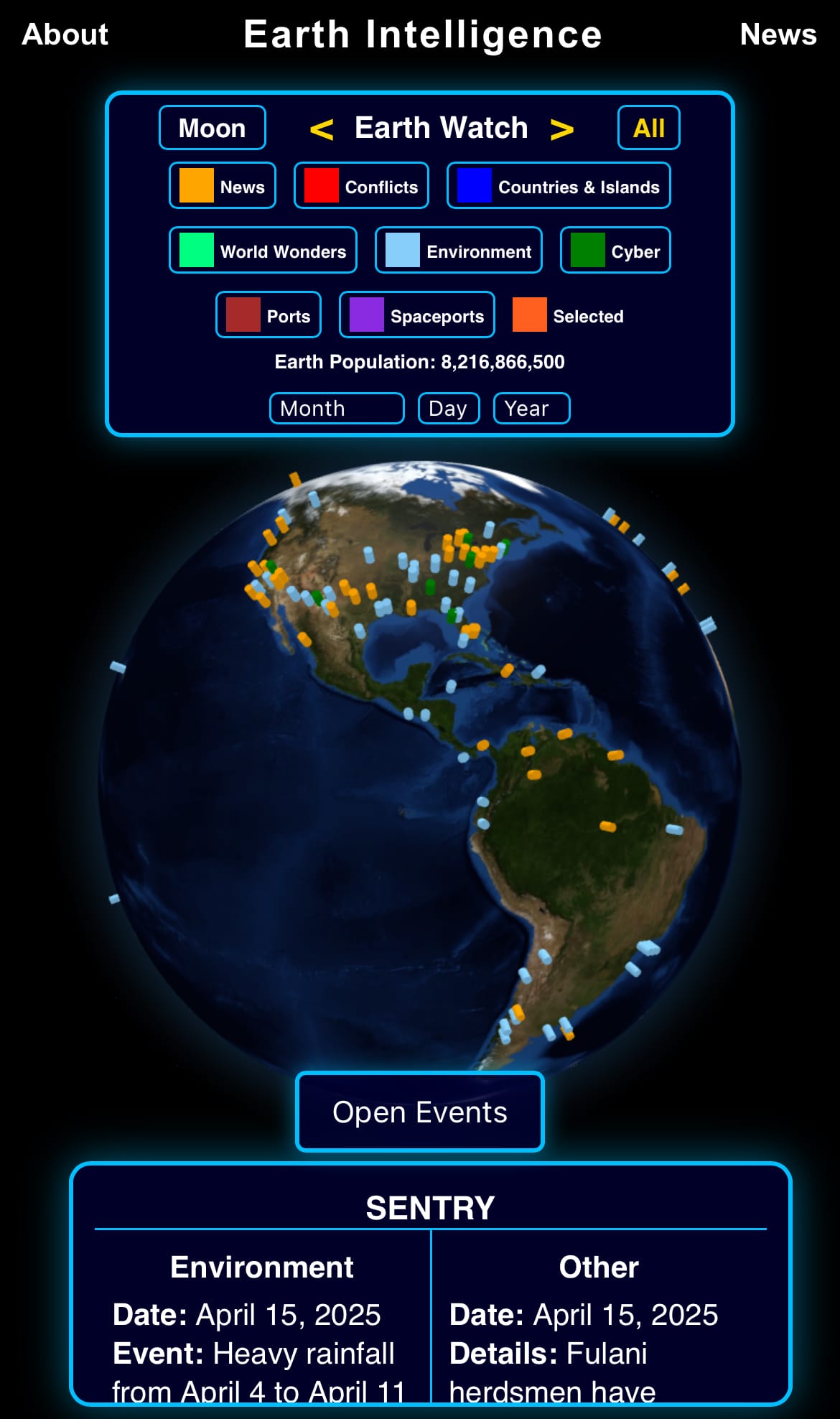


Support/Suggestions Email:
earthintelligence@earthintel.news




